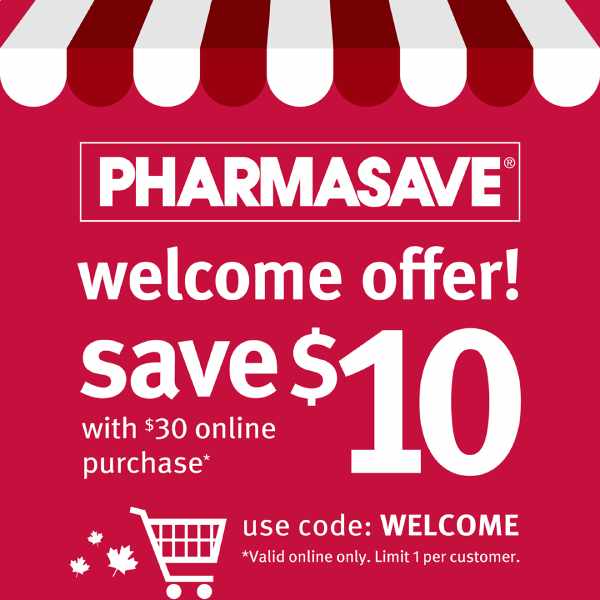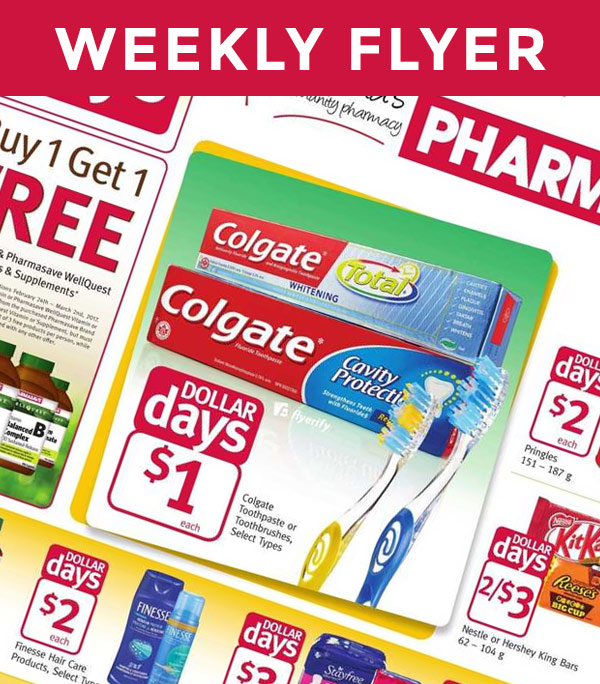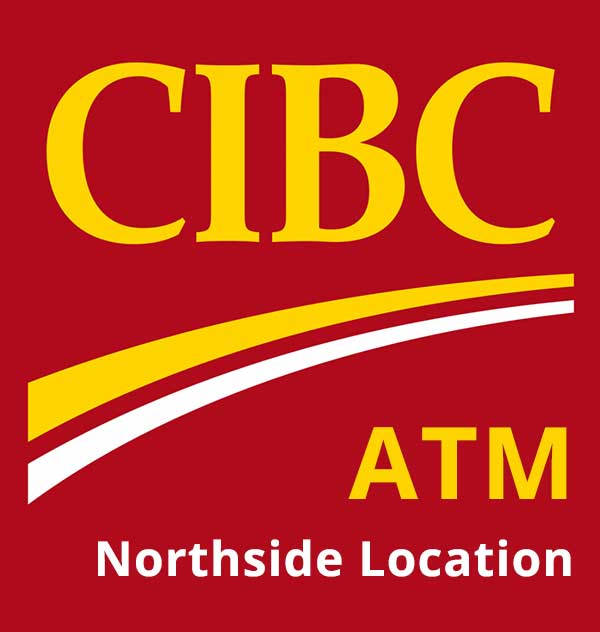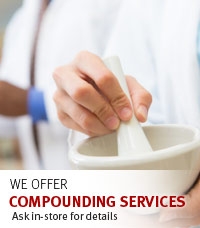
Pharmasave Port Coquitlam
Our Community Matters
Northside
3295 Coast Meridian Road
Port Coquitlam, British Columbia
P: 604.942.9813 | F: 604.942.1561
3295 Coast Meridian Road
Port Coquitlam, British Columbia
P: 604.942.9813 | F: 604.942.1561
Elgin Health Centre
100 - 2255 Elgin Ave
Port Coquitlam, British Columbia
P: 604.942.7117 | F: 604.942.4665
100 - 2255 Elgin Ave
Port Coquitlam, British Columbia
P: 604.942.7117 | F: 604.942.4665
Wound Care
Rhodes et al compared the healing of stage II decubitus ulcers with topically applied phenytoin and two other standard topical treatment procedures in 47 patients in a long-term care setting. Ulcers were examined for the presence of healthy granulation tissue, reduction in surface dimensions, and time to healing. Topical phenytoin therapy resulted in a shorter time to complete healing and formation of granulation tissue when compared with DuoDerm dressings or triple antibiotic ointment applications. The mean time to healing in the phenytoin group was 35.3 +/- 14.3 days compared with 51.8 +/- 19.6 and 53.8 +/- 8.5 days for the DuoDerm and triple antibiotic ointment groups, respectively. Healthy granulation tissue in the phenytoin group appeared within 2 to 7 days in all subjects, compared to 6 to 21 days in the standard treatment groups. The phenytoin-treated group showed no detectable serum phenytoin concentrations.
Anstead et al. described a patient with a massive grade IV pressure ulcer that was unresponsive to conventional treatment, yet responded rapidly to treatment with topical phenytoin. Song and Cheng reported phenytoin improved wound breaking strength in normal and radiation-impaired wounds. The results of their study indicated that topical phenytoin accelerated normal and irradiation-impaired wound healing by increasing the number of wound macrophages and improving the macrophage function. Pendse et al evaluated the effectiveness of topical phenytoin in healing chronic skin ulcers in a controlled trial of 75 inpatients. At the end of the fourth week, 29 of 40 phenytoin-treated ulcers had healed completely versus 10 of 35 controls. They concluded: “topical phenytoin appears to be an effective, inexpensive, and widely available therapeutic agent in wound healing.”
The effectiveness of topical phenytoin as a wound healing agent was compared with that of OpSite and a conventional topical antibiotic dressing (Soframycin) in a controlled study of 60 patients with partial-thickness skin autograft donor sites on the lower extremities. Mean pain scores were lower and mean time to complete healing (complete epithelialization) was best in the phenytoin-treated group (6.2 +/- 1.6 days). Topical phenytoin compared very favorably with, and in some aspects was superior to, occlusive dressings.
The efficacy of topical phenytoin in the treatment of diabetic foot ulcers was evaluated in a controlled inpatient study. Fifty patients were treated with topical phenytoin, and 50 patients received dry sterile occlusive dressings. Both groups improved, but the ulcers treated with topical phenytoin healed more rapidly. Mean time to complete healing was 21 days with phenytoin and 45 days with control.
No study reported any significant adverse effects secondary to topical phenytoin therapy.
Ann Pharmacother 2001 Jun;35(6):675-81
Biochem Pharmacol 1999 May 15;57(10):1085-94
Ann Pharmacother 1996 Jul-Aug;30(7-8):768-75
Int J Dermatol 1993 Mar;32(3):214-7
Chung Hua I Hsueh Tsa Chih 1997 Jan;77(1):54-7
Burns 1993 Aug;19(4):306-10
Diabetes Care 1991 Oct;14(10):909-11







